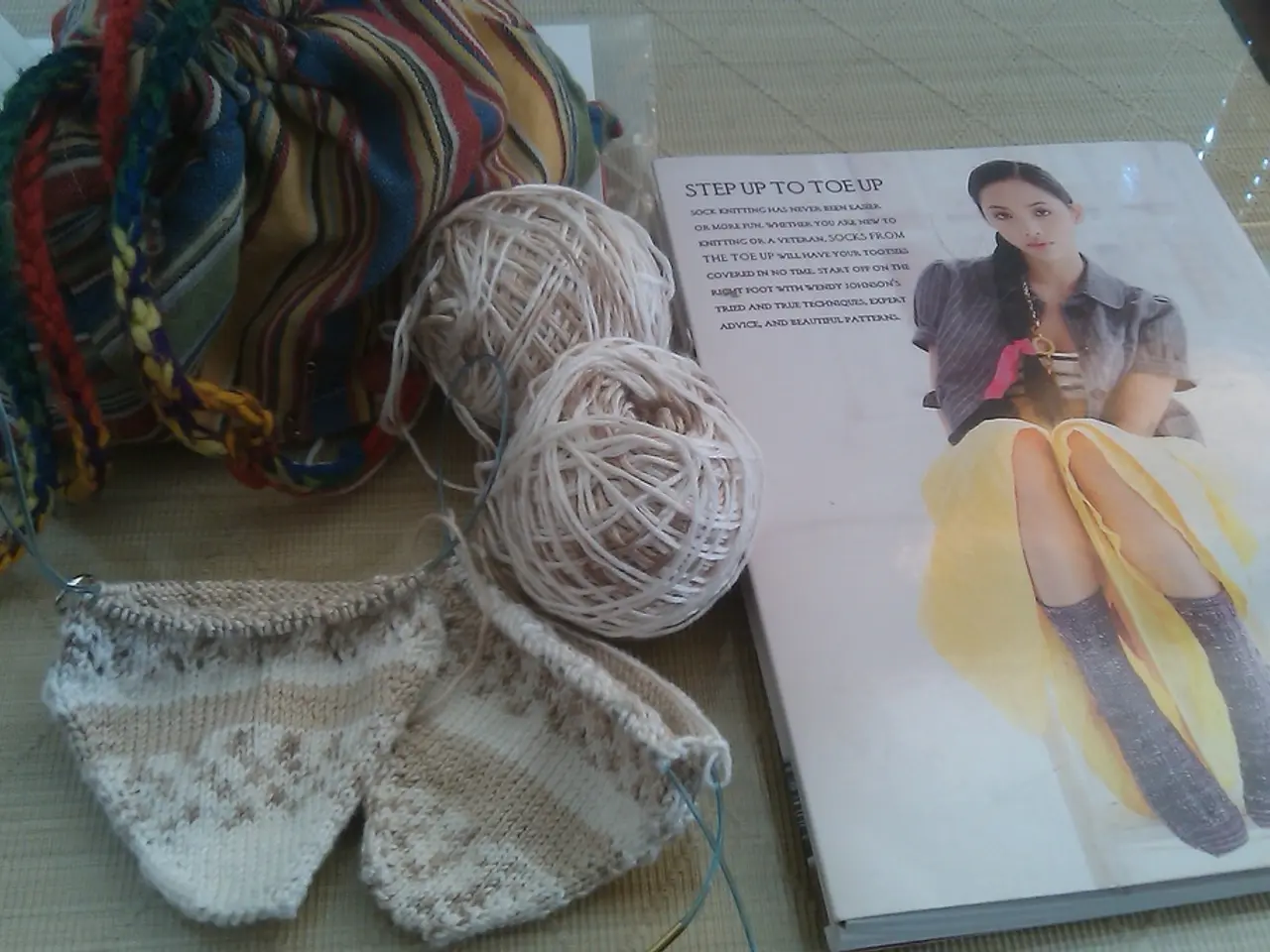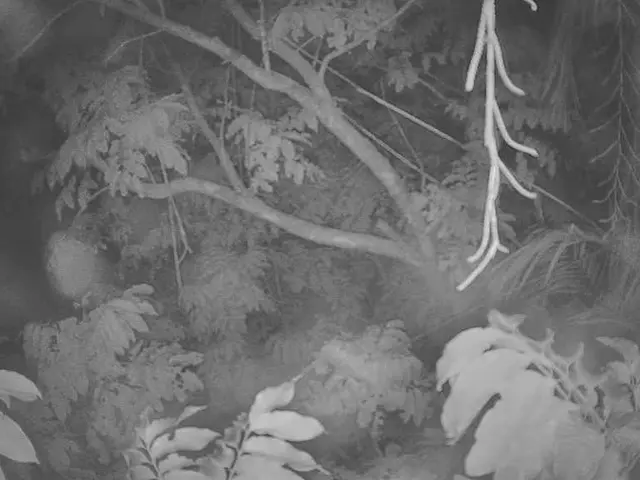Creating Bleach Art: Instructions for Crafting a Bleach Table Runner
In the realm of DIY crafts, bleach art has emerged as a popular and versatile technique for transforming everyday fabrics into unique and personalised masterpieces. This guide will walk you through the essential materials, techniques, and safety measures for creating stunning bleach art designs.
**Materials Needed**
1. Fabric: 100% cotton or cotton blends work best for bleach art due to their predictable bleaching properties and brighter results. 2. Bleach: Use a household bleach solution, typically mixed with water. 3. Paintbrushes or Sponges: For applying the bleach mixture. 4. Resist Materials: Optional items like tape, stickers, or stencils to create designs. 5. Protective Gear: Gloves, goggles, and a mask to protect yourself from bleach fumes and spills. 6. Work Surface: A well-ventilated area covered with newspaper or a plastic sheet.
**Techniques**
1. Preparation: - Wash and dry the fabric before starting to remove any finishes that might affect the bleaching process. - Choose a design or pattern. You can use stencils or freehand it.
2. Mixing Bleach: - Mix 1 part bleach with 1 part water. This dilution helps prevent over-bleaching while still achieving desired effects. - For more control, start with a weak dilution and apply in layers, allowing each layer to react before adding more.
3. Applying Bleach: - Use a brush or sponge to apply the bleach mixture onto the fabric. Work in small sections to control the color change. - If using resist materials, apply them before the bleach to protect the fabric underneath.
4. Testing: - Always test the bleach mixture on a scrap piece of fabric or a hidden area of the garment to ensure predictable results.
**Safety Measures**
1. Protective Clothing: - Wear gloves to prevent skin irritation. - Use goggles to protect your eyes from splashes. - Wear a mask to avoid inhaling bleach fumes.
2. Work Environment: - Work in a well-ventilated area to prevent the buildup of bleach vapors. - Cover your work surface with newspaper or a plastic sheet to prevent damage from spills.
3. Handling Bleach: - Handle bleach carefully to avoid skin contact and spills. - Follow the instructions on the bleach packaging for safe use.
By following these guidelines, you can create unique and personalized bleach art designs while ensuring your safety and the quality of your project.
For instance, the splatter technique creates a cute and popular effect by flicking a hard brush or toothbrush dipped in liquid bleach onto the fabric. Wood stamps can be dipped in liquid or gel bleach to create one-of-a-kind patterns on fabric. Pressed flowers or other flat objects can be placed on fabric and sprayed with liquid bleach to create a cool silhouette with a shadow effect.
Bleach art is versatile, with possibilities to experiment with tools, objects, fabrics, and colors to discover one's style. The best fabrics for bleach art are natural textiles like cotton, linen, and denim, as they absorb bleach well and hold up better during the process. Avoid synthetic fabrics, like polyester, as they can be unpredictable and may not react effectively with bleach.
After washing, air dry the bleach art fabric or tumble dry on a low setting, avoiding ironing directly over bleached areas. Image Credit: Elba Valverde. Bleach art can be applied to fabric for unique artwork pieces suitable for clothing, home decor, and DIY projects.
To further explore the world of DIY crafts, consider venturing into the realms of fashion-and-beauty and home-and-garden. Fashion-and-beauty projects might involve creating one-of-a-kind patterns on fabric using various bleach art techniques, while home-and-garden endeavors could entail enhancing the appearance of furniture or upcycling old accessories with distressed or dyed effects. With a bit of creativity and the willingness to experiment, you can adapt the bleach art skills learned here to fit various lifestyle endeavors, thereby enriching your DIY mastery.




